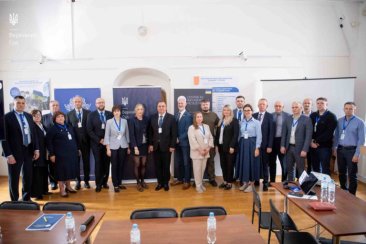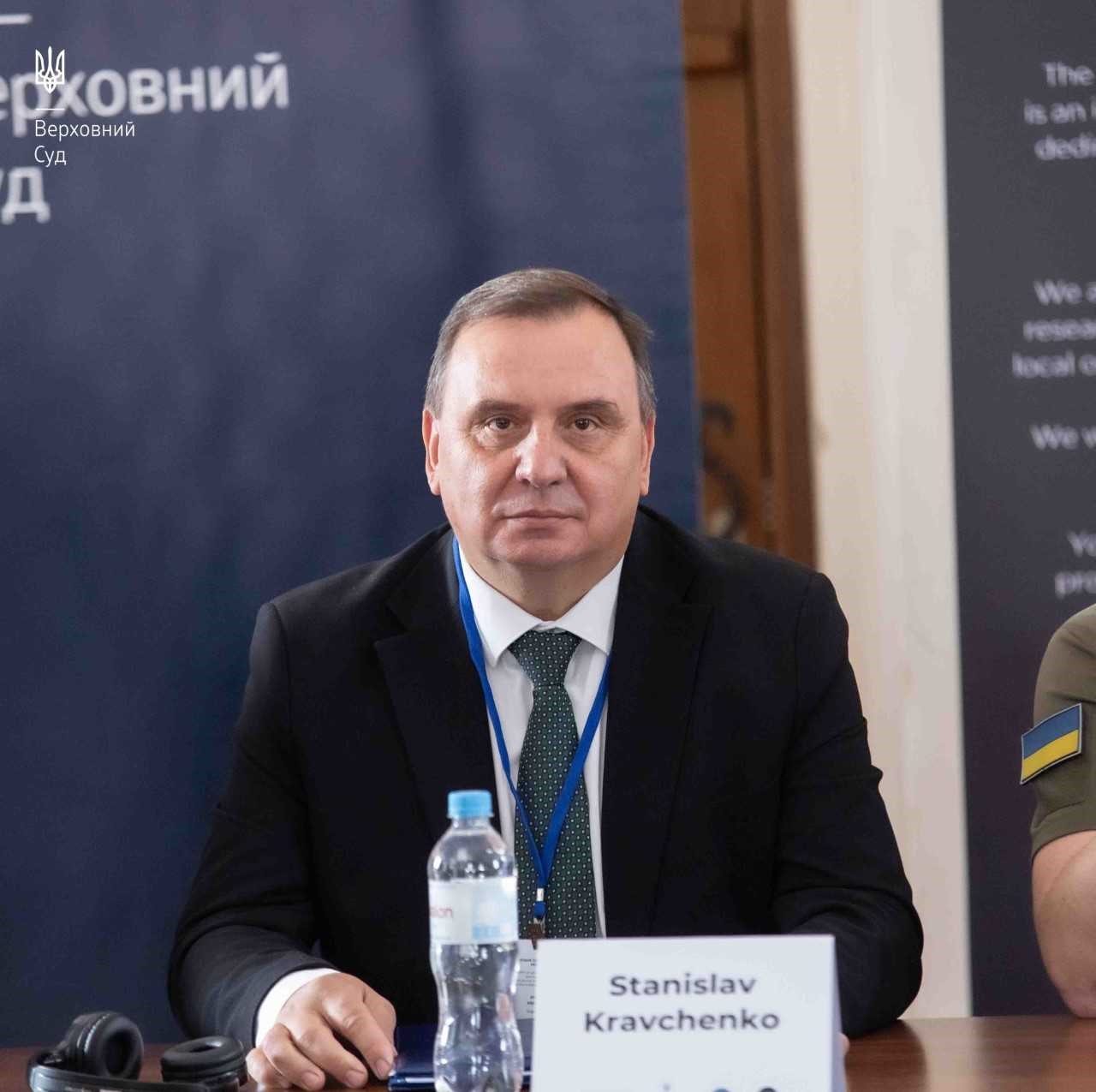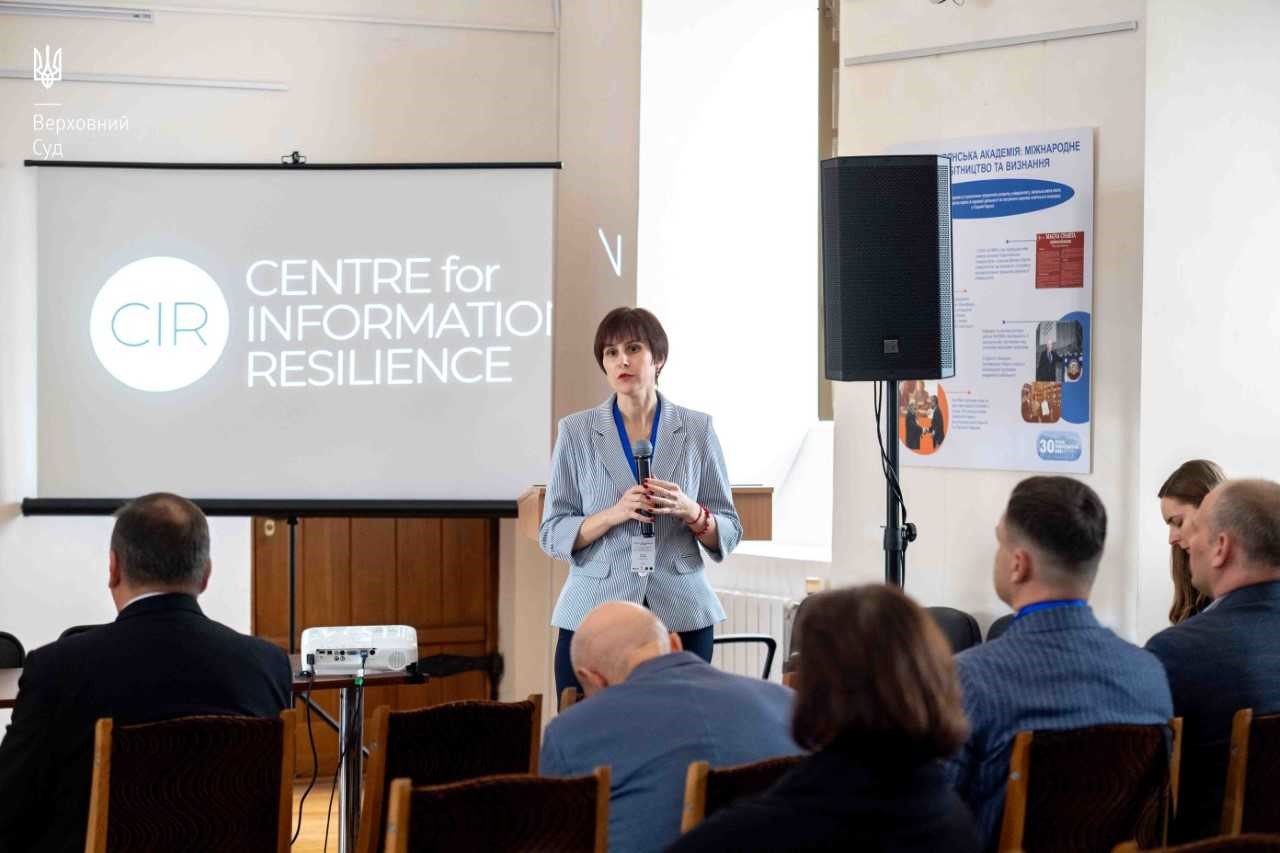Contact center of the Ukrainian Judiciary 044 207-35-46

In today’s realities, OSINT (Open-Source Intelligence) is one of the key sources of information widely used in the process of collecting evidence on criminal acts, particularly war crimes. This practice requires the national legal system not only to gain a deeper understanding of the specifics of digital evidence but also to actively study and implement the best international practices in this area.
This view was expressed by the President of the Supreme Court, Stanislav Kravchenko, during the opening of the seminar “OSINT as Evidence in War Crimes Investigations”.
According to the Supreme Court President, the topic of the event is extremely relevant. To date, according to the Office of the Prosecutor General, more than 187,000 war crimes have been registered, and the chances of achieving justice and holding perpetrators legally accountable directly depend on how thoroughly the evidence is documented and the circumstances of the crimes are established. Despite the large volume of cases in this category, this is not a matter of the distant future — national courts have already considered about 3,000 relevant criminal proceedings, so judicial practice in this area is actively taking shape.

Overall, the issue of digital evidence is not new for Ukraine. As early as 2006, the Verkhovna Rada of Ukraine ratified the Convention on Cybercrime, and in 2012, the Criminal Procedure Code of Ukraine included a broader definition of evidence, covering electronic evidence as well. Subsequently, the practice of applying such evidence has developed actively, and today this issue requires further regulation taking into account current realities.
Welcoming remarks to the participants were also delivered by Charlotte Suren, representative of the British Embassy in Ukraine; Adam Rutland, Director General of the Centre for Information Resilience (CIR); Andrii Leshchenko, Deputy Prosecutor General; and Michal Vývoda, Head of the EU Advisory Mission (EUAM) Ukraine’s International Crimes Investigation Unit.
The event was moderated by CIR Senior Investigator Alona Shestopalova. According to the organizers, the main goal of CIR’s cooperation with Ukrainian state authorities investigating war crimes is to assist investigators, analysts, prosecutors, and judges in the complex processes related to war crimes investigations. The topics discussed are key to resolving the vast number of war crimes committed by Russia during the full-scale invasion of Ukraine, through the use of evidence obtained from open sources (OSINT).
Nataliia Antoniuk, Vice President of the Criminal Cassation Court within the Supreme Court, emphasized the crucial role of judges, law enforcement authorities, and the defence in properly investigating war crimes and holding perpetrators accountable. As she explained, evidence obtained from open sources is part of electronic evidence and has its own specific characteristics. Law enforcement authorities initially consolidate information gathered from open sources, which is then transformed into evidence used by the prosecution in court. Each criminal proceeding is ultimately decided by the court, so judges must understand the origin of such evidence, how reliable it is, and how to verify it.

Before the mock trial session, CIR Senior Investigator Rollo Collins conducted a seminar on the role of digital traces in identifying military units.
The event was also attended by Supreme Court judges in the Cassation Criminal Court, Mykola Kovtunovych and Viacheslav Nastavnyi.